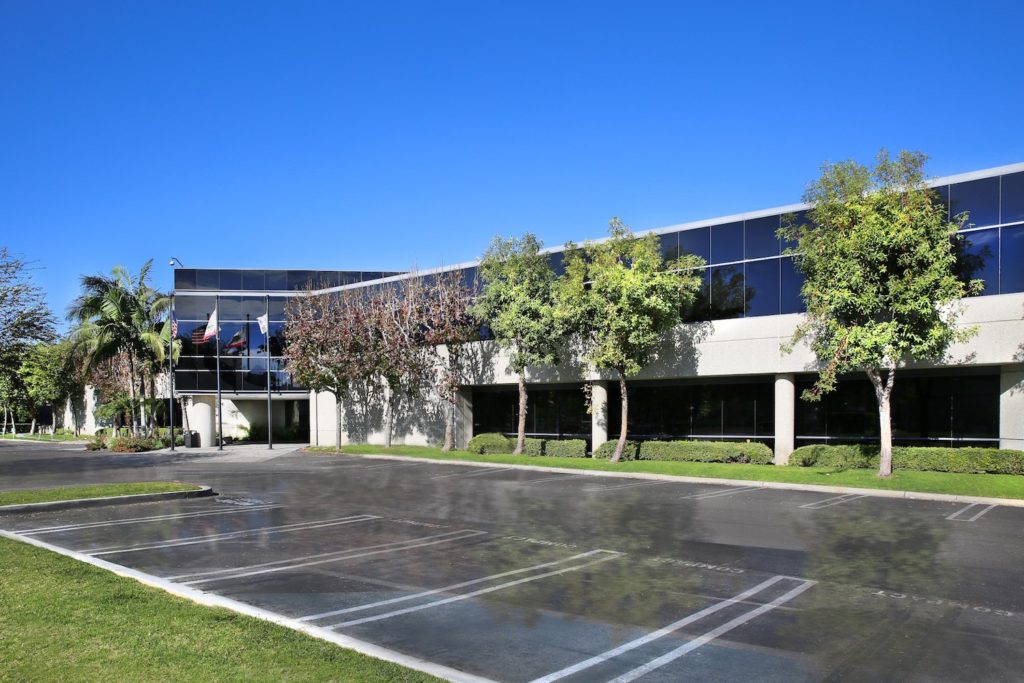A critical look at the variety of difficulties functional obsolescence in industrial buildings can create for their owners.
Let’s begin by defining “functional obsolescence” in as simple terms as possible.
According to Investopedia, functional obsolescence is a reduction in the usefulness or desirability of an object (in our case, an industrial building) because of an outdated design feature, usually one that cannot be easily changed.
When applying this definition to the obsolescence of industrial buildings, we generally refer to things like ceiling height, parking ratio, column spacing, turning radius, loading doors, lot size, yard area, type of construction and other physical componentry.
The combination of physical characteristics within the existing building inventory varies widely, and each property’s mix of size, age, shape, location, stand-alone or common wall configuration creates its own degree of functional obsolescence depending who uses it.
Ceiling height is a good example, as it is critical to distributors, but not to most manufacturing or assembly operations.

Companies like Amazon combine ceiling heights of more than 30’ with sophisticated racking systems to maximize their space utilization, while machining operations making precision parts for Boeing or Lockheed Martin, can probably function efficiently with 15’ foot ceilings.
So, a 200,000 square foot, 24’ clear-height distribution building in the Inland Empire is functionally obsolete because the overwhelming majority of users looking in the area are bulk distribution users. A similar building located in Anaheim could be divided into smaller spaces and leased to local suppliers, last mile delivery operators or manufacturers who don’t require high-pile storage capability.
Most industrial buildings, unavoidably, have some degree of functional obsolescence. Click To TweetSo, why should that be such a source of concern to industrial property owners? It really comes down to the degree to which use becomes limited. A 70’s era building with 14’ ceiling height, no fire sprinkler system, ground level loading and low parking ratio is a good example of extreme functional obsolescence. Unfortunately, there are too many buildings that fit that description, and the lack of new construction in this real estate up-cycle means that the problem of functional obsolescence worsens every day.
For obvious reasons, rents and sales prices for buildings with significant elements of functional obsolescence trail those of their more functional counterparts.

They offer less “bang for the buck” and they attract a narrower band of industrial users. The market for the most functional buildings is wider and deeper, and that creates greater competition amongst potential occupants for each building that comes to the market. Greater demand facing limited supply keeps upward pressure on price.
In today’s market, less than 2% of the total inventory is available at any given time. That means that users have to compete fiercely for quality space and are even forced to pay a premium for functionally obsolete facilities just to have a roof over their heads. So, scarcity is benefiting all property owners through higher monthly rents and record-high sales prices, but more so for owners of functionally obsolete buildings with shortcomings that tend to be overlooked for lack of suitable alternatives.
The real problem for owners of obsolete facilities comes during a market correction. Click To TweetWhen a market enters a correction phase, the availability of highly functional buildings increases and lease rates and sales prices begin to decline. Owners of obsolete facilities, already facing a narrower user base, must lower prices in even larger increments to get their properties leased or sold before their more functional counterparts.
Currently, the industrial market remains in an up-cycle, but there are increasing concerns that the recovery is losing momentum for a variety of reasons including a rise in interest rates, sluggish economic growth and concerns over expanding asset bubbles, especially in the equities markets.

None of us knows what the future holds, but history has a tendency to repeat itself, and to deny the inevitability of the real estate cycle is overly optimistic. It is a matter of time and a matter of degree.
For those owners of properties with significant elements of functional obsolescence, we recommend a thorough review of your strategy for those assets. If your plans call for a disposition in the next few years, it may be wise to sell sooner rather than later to take advantage of current demand and pricing dynamics.
If your plans are to hold for the long term, look for creditworthy tenants from industries that tend to be less affected during economic downturns. Be willing to negotiate aggressively on price and terms to secure them as your tenants, as grappling with vacancy during a down cycle will be more difficult for you than for owners of more functional product.
Waiting for a sign that the market has peaked before acting is dangerous for property owners. Click To TweetAnd especially so for owners of functionally obsolete buildings.

Selling now virtually assures industrial property owners of a record-high price. Any other strategy is far less certain.
We invite you to read our six-part series on The Wealth Cycle as well as our Strategies for Long Term Property Owners for further thoughts on real estate disposition strategy.


Leave a Reply
You must be logged in to post a comment.